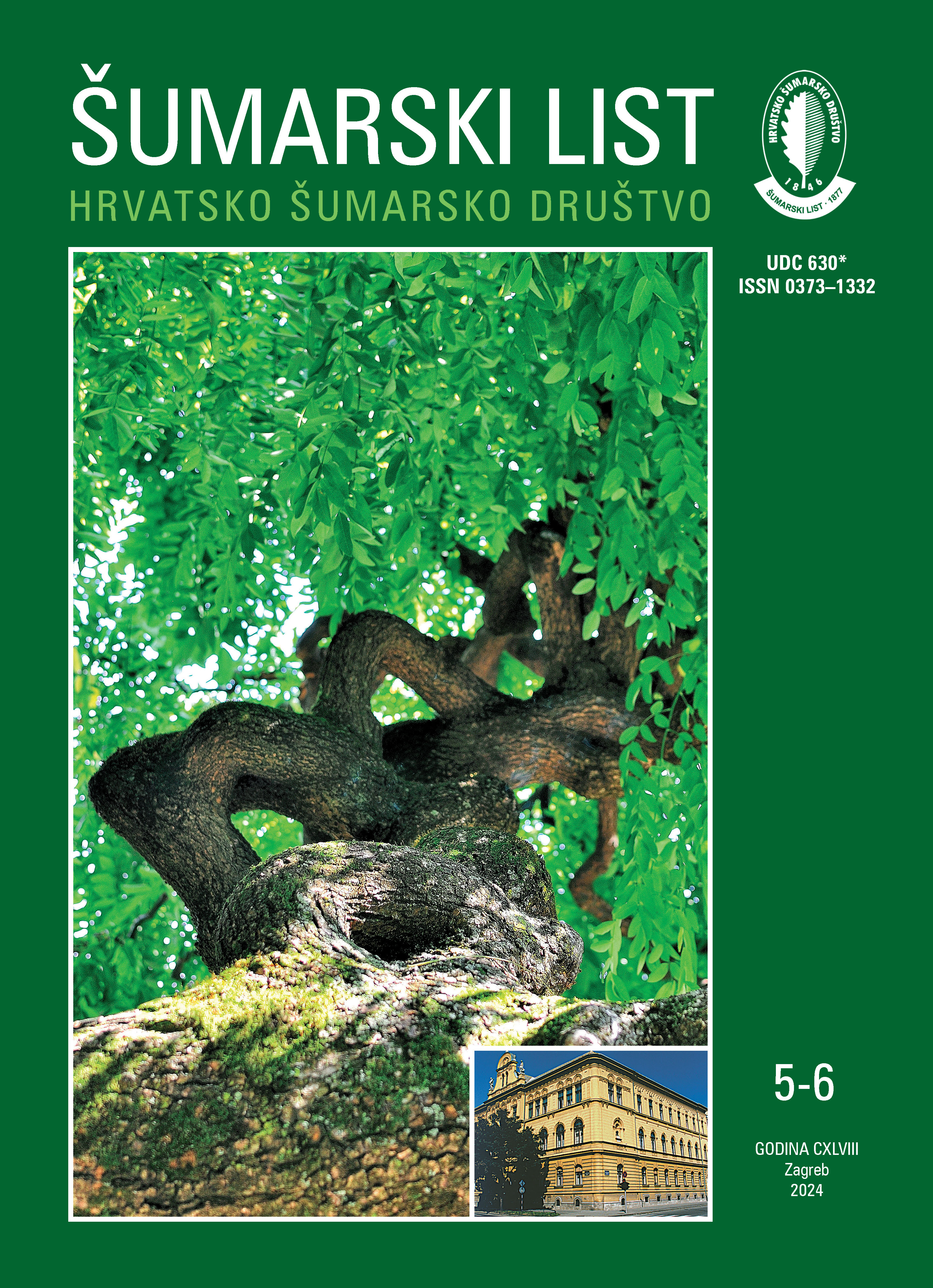Time-Dependent Change of Natural Vegetation on Forest Road Fill Slopes and Its Effects on Erosion Decrease
Keywords:
forest road, slope, erosion, ABAG, vegetationAbstract
During the construction of forest roads, slopes become more susceptible to erosion as they remain bare due to soil excavation and felling of trees along the road route. In Turkey, studies are carried out to prevent erosion and maintain slope stability, and it is known that these studies are quite costly. In this study, analyzes were made on three forest roads built less than a year, 5 years and 10 years ago from the forest road network located at the same aspect and level, and it was desired to determine whether these costs were needed. Soil samples were taken from the fill slopes of these roads and the degree of covering of the plants was determined by using the grid method on the images taken with the drone. Analyzes such as organic matter, texture analysis, stony ratio, pH-EC determination were made on these soil samples. The vegetation cover of the fill slope surfaces was determined as 93% for the 10-years old road, 80% for the 5-years old road and 0% for the newly built road. According to the ABAG method (which is a simulation of the USLE model converted to the metric system and adapted to European conditions), the annual soil loss amount for the 10-years old forest road is 1.59 tons/ha/years, for the 5-year forest road 1.75 tons/ha/years and finally, for the newly built forest road, this value is 15.52 tons/ha/years. Considering that most of the soil loss is in the first years, the amount of soil loss determined on the 5-years old forest road is at a bearable level according to the erosion values that occur in natural areas. For this reason, considering that the fill slopes are naturally covered with vegetation, it has been determined that there is no need for costly stabilization process in the fill slopes in this study area.
Published
Issue
Section
License
Copyright (c) 2024 Gizem Mısırlıoğlu, Prof. dr. Selçuk Gümüş

This work is licensed under a Creative Commons Attribution-NonCommercial 4.0 International License.


